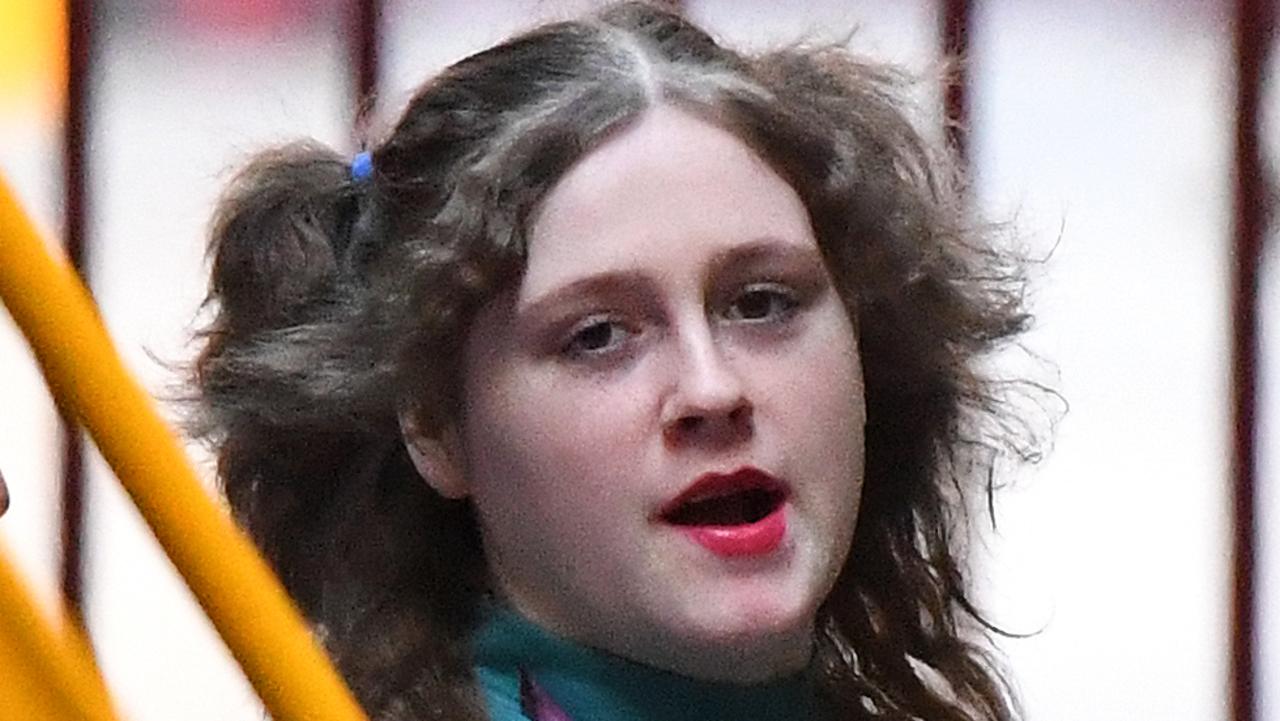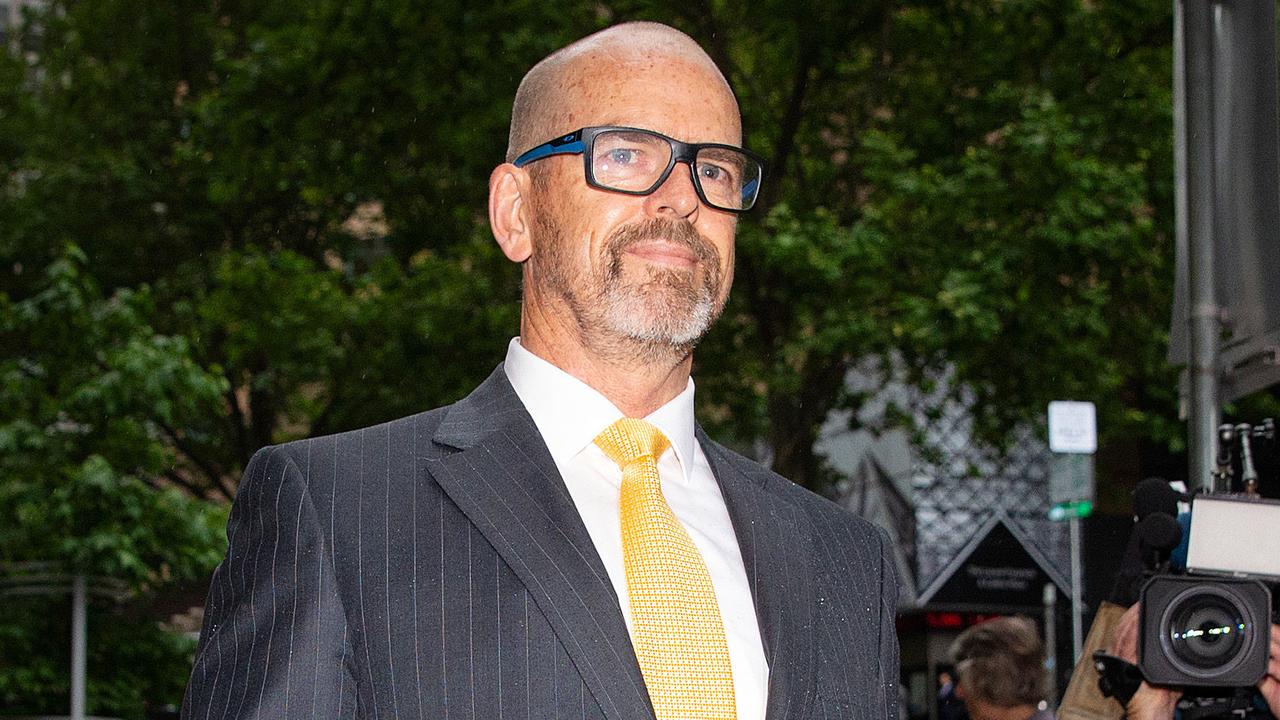Meet the fighters who turned to crime
QUICK to solve problems with their fists, these are the Aussie hard men and global gangsters who started in the ring — before stepping into the world of crime.
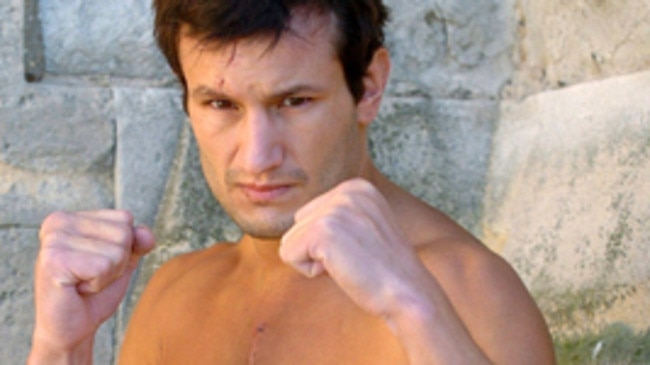
True Crime Scene
Don't miss out on the headlines from True Crime Scene. Followed categories will be added to My News.
NEVER the sort to back away from a fight, these are the hard men who stepped out of the ring, onto the streets and into the world of crime.
There’s many Aussies in this hard-hitting list of tough guys, many who blew great promise in the ring for the lure of big money.
It’s a path that’s a well worn one through history — even the gladiators were lifted from the ranks of criminals to fight for glory and their freedom in the Colosseum of ancient Rome.
Ever since, there’s been a close connection between the fight game and the underworld.
Witness the bikies and gangland identities looming large in front row seats at boxing and UFC matches.
Why do bad boys get drawn to the fighting arts? And why do those with fighting smarts get drawn to the dark side?
Maybe it’s the temptations of easy cash for a man who’s good with his fists.
And, maybe it’s because when you’re a human weapon, it’s easy to turn to see quick violence as a solution to your problems.
Being “the muscle” also can have it’s attractions for those who pride themselves on a macho reputation.
Some studies have also shown it’s hard men that are a magnet to women — at least in the short term.
Either way, they aren’t the sort of guys who worry they’re treading the trail from hero to villain.
Here’s some Aussie bad boys and some globally notorious characters who crossed the line.
Sunshine Crew killer: Andrew ‘Benji’ Veniamin
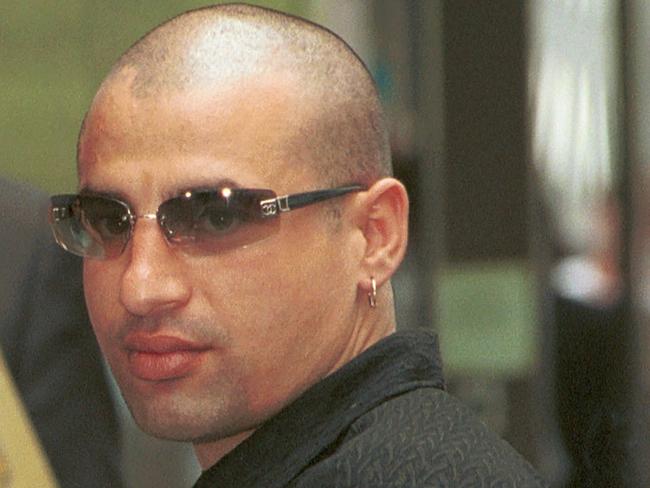
ANDREW Veniamin was the son of Greek Orthodox parents who taught him to always be a good boy.
It’s a lesson he ignored from an early age.
By age 13, he was chasing girls at high school and developing an interest in boxing, in the hope he might one day go to the Commonwealth Games.
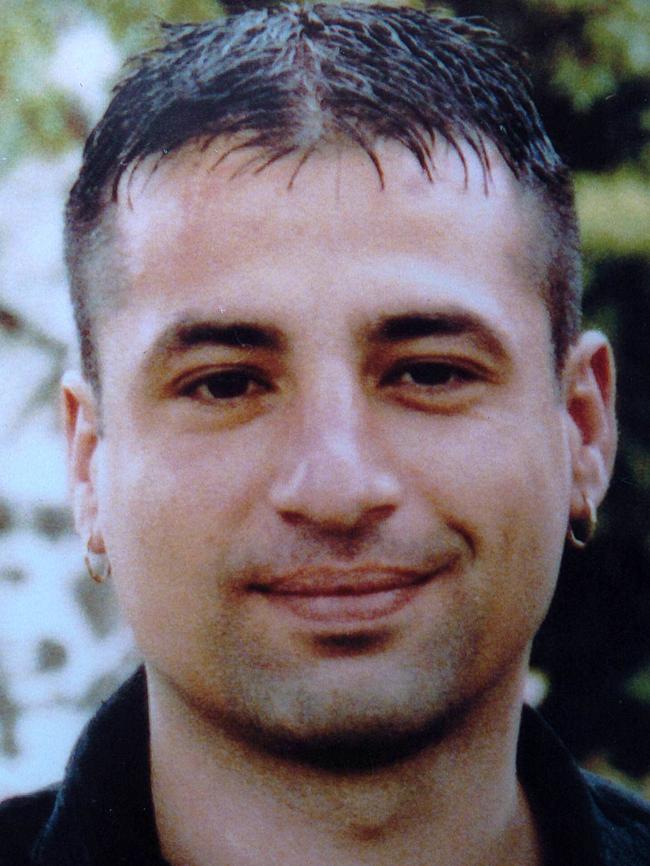
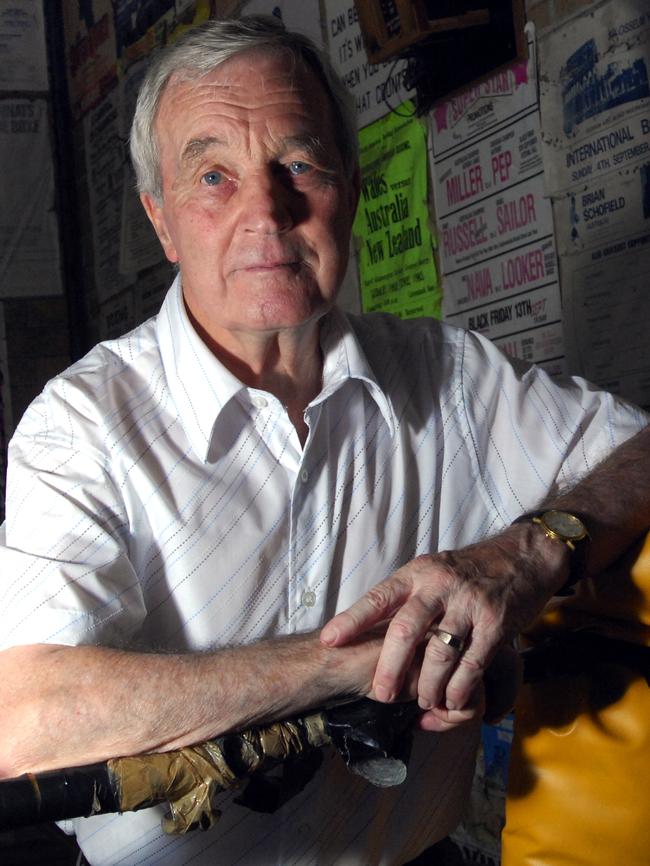
By age 28, “Benji” Veniamin was shot dead at close range — in self defence — by Carlton identity Mick Gatto during Melbourne’s gangland war.
John Auciello, a close mate, remembered the young Benji’s passion for boxing.
“He was training five days a week. He was running three or four kilometres a day.’’
Australian Olympic boxing coach Beau Gerring agreed, and said Veniamin, as a young teenage “whippersnapper’’, showed promise before switching to kickboxing.
“He didn’t reach his highest potential. He would have won more fights than he lost,’’ Mr Gerring said.
He remembered Veniamin as one with raw talent who fought at around 50kg and won his first half dozen bouts.
“He was a very good boxer,” Gerring said.
“We taught him to punch straight and hit, and not get hit. He perfected that pretty well.”
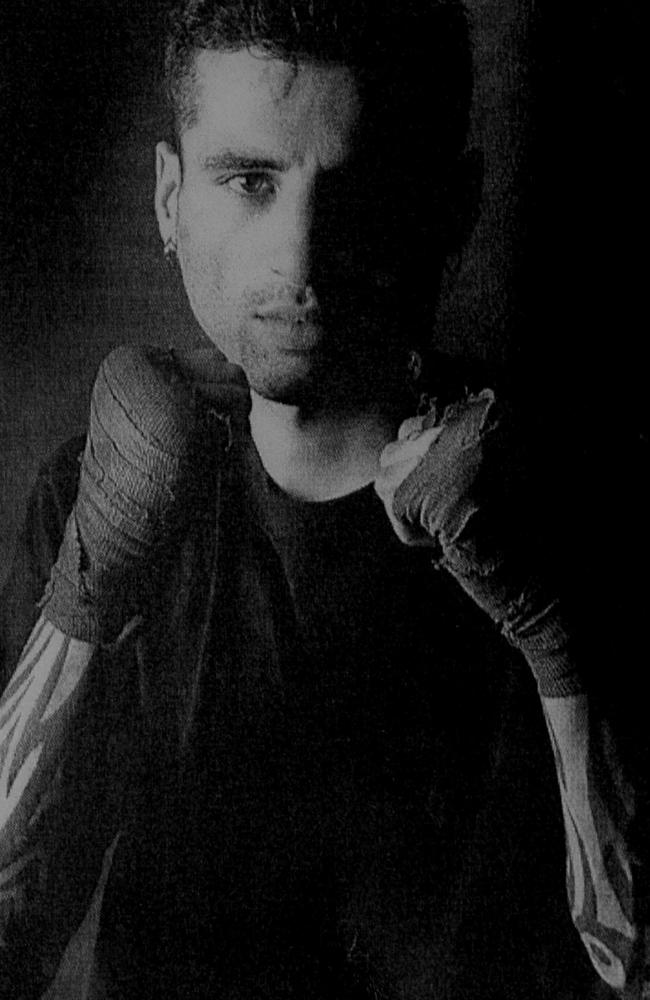
But out of the ring, there was no straight jabs.
Instead, the young Veniamin would, by age 20, be charged with crimes ranging from intentionally causing injury, to robbery, assaulting police, unlawful possession and arson.
``I believe his family thought, ‘He’s a kid and he’s going to grow up and snap out of it’,’’ Mr Auciello said.
Then police found cannabis at a Sunshine home linked to Veniamin, while their
information reports also painted Veniamin as “a shooter” who “feared nothing” and was “crazy”.
Police believe he shot dead fruiterer Frank Benvenuto in his car in May 2000.
They also suspect he was the one who turned the gun on close mates Dino Dibra and enforcer Paul Kallipolitis.
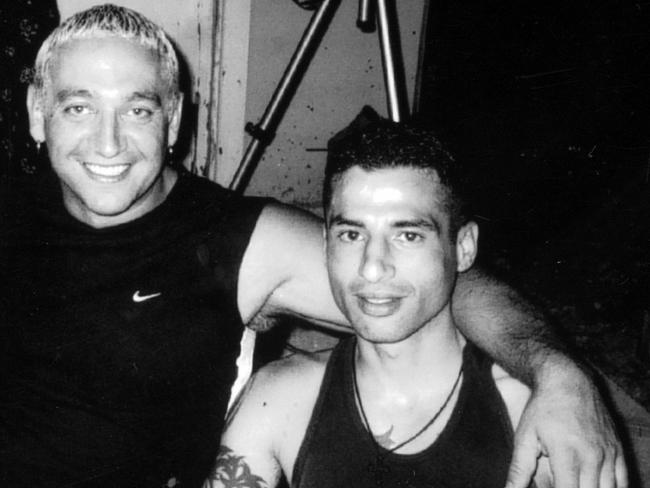
INSIDE STORY: The dark world of the Sunshine crew
In court, detective Boris Buick described Veniamin as violent and “out of control”.
He also drifted close to drug trafficker Carl Williams, his young daughter even calling him “uncle’’.
Seeking answers after gangster Graham “The Munster” Kinniburgh was gunned down, Carlton identity Mick Gatto asked Veniamin to visit Carlton restaurant La Porcella.
Benji had gone carrying a gun, but he was the one who ended up at the wrong end of the barrel of a revolver.
He was shot dead by Gatto, who successfully argued he’d acted in self defence in turning the same gun on his attacker.
“He died because he just pulled a gun at me,” Gatto calmly told the jury — who believed him as they acquitted him of murder.
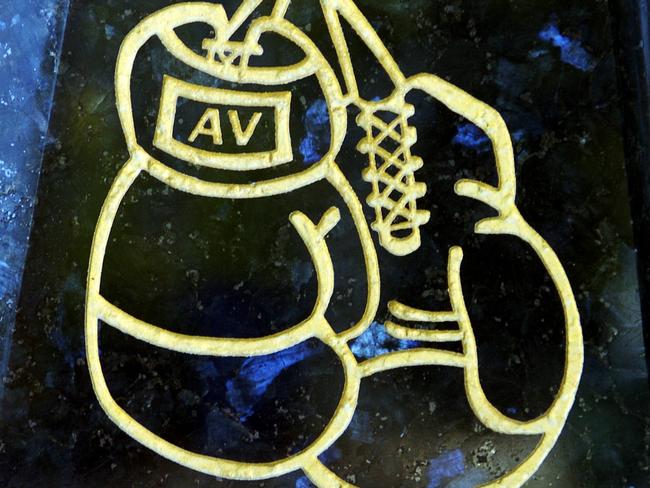
Gloves to guns: Evangelous ‘Ange’ Goussis
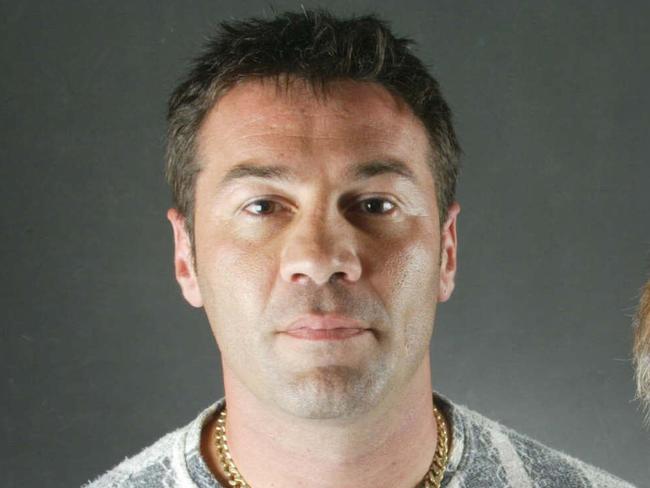
GOUSSIS was an Olympic boxing hopeful, who once rubbed shoulders with Aussie kickboxing’s biggest names.
He was a talented youth with great potential.
As it stands, he’ll be locked inside a high-security jail until at least 2039 for two brutal underworld murders, and is under suspicion of more.
He captained his school sporting teams, by just 16 won a major kickboxing title.
In the late ‘80s, he started working at night as a nightclub bouncer in Dandenong, getting caught up in the drug scene.
Around the same time, he was in the boxing squad for the 1988 Seoul Olympics but didn’t qualify.
By the time his former teammates were celebrating “Spike” Cheney’s silver medal, Goussis was contemplating serious jail time for attempted murder and drug trafficking.
For helping pick up the intended victim and cleaning up blood, and for his role in the drug trade, Goussis was jailed for four years.
Following his release, he got back into boxing, fought in kickboxing events overseas and even
featured on the card alongside the likes of Sam Soliman and Gurkan Ozkan.
A lifetime crook, who himself had just been released from jail, offered to train him.
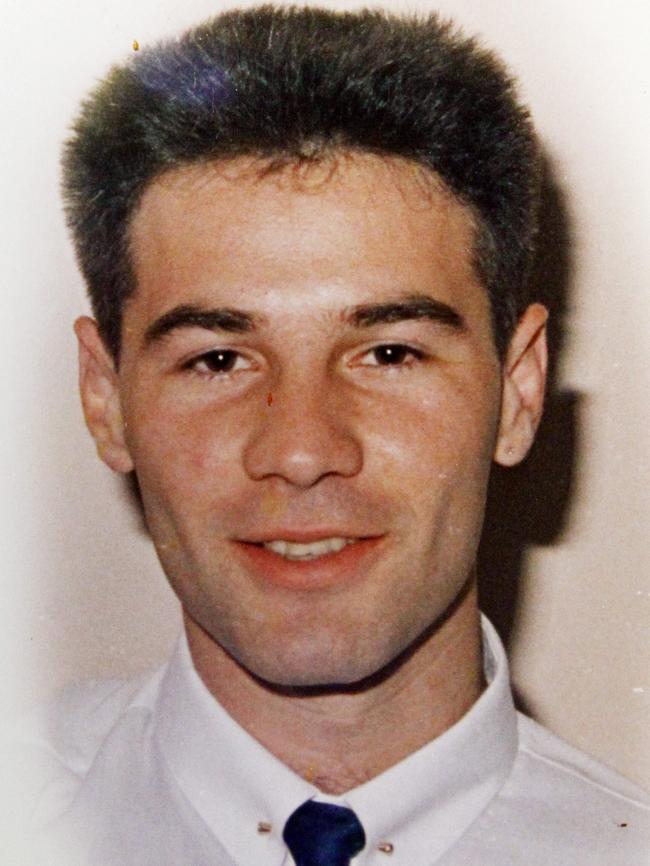
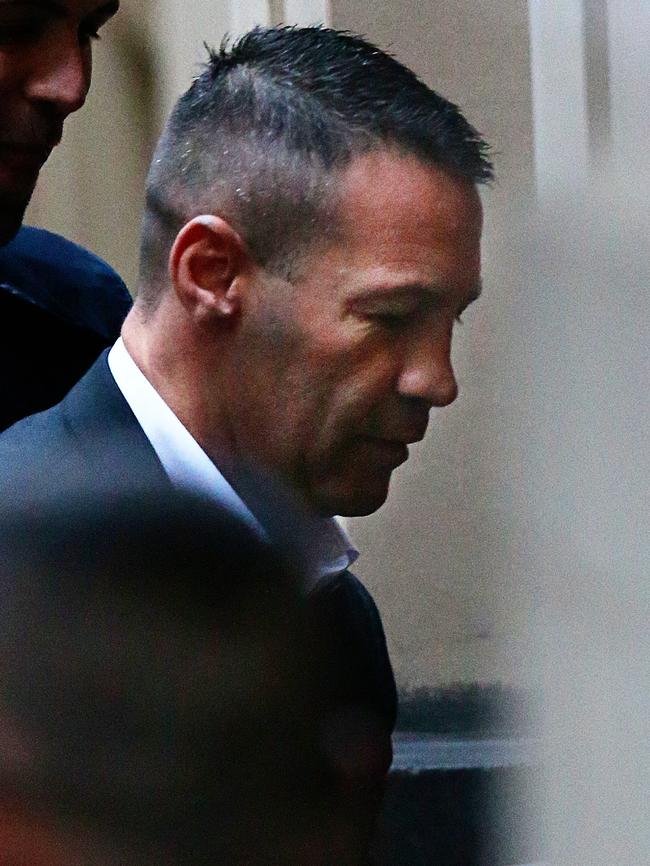
But a neck injury ended his career and Goussis became depressed.
He met violent standover man Nik Radev (also in the list) and soon Goussis was using and dealing drugs.
In 2003, Radev allegedly agreed to kill Carlton Crew boss Mick Gatto and tried to enlist Goussis.
But his career criminal mate warned off Radev, who was shot dead soon after.
A manipulative man and artful liar, the criminal used his influence over Goussis to recruit the easily-led younger man to do his dirty work in at least two gangland killings.
He arranged for Goussis to be the one holding the gun in two murders — and it was Goussis left holding the bag when a jury returned guilty verdicts for the pair over the execution of gangster Lewis Caine in 2006.
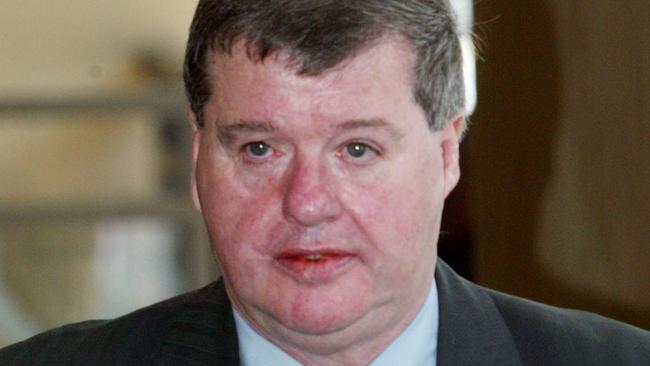
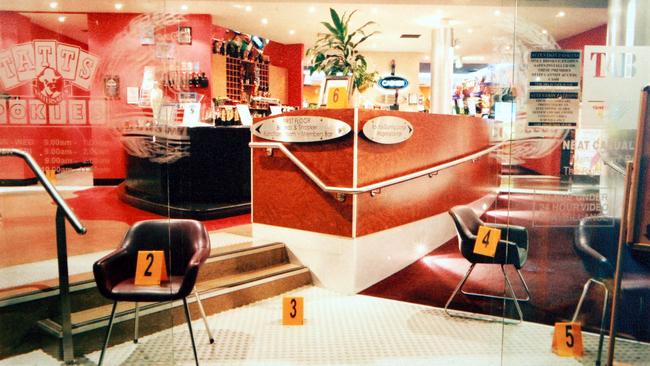

And after his “mate” turned informer, Goussis was convicted of executing gangster heavy Lewis Moran for a piece of Goussis $150,000 offered by underworld rival Carl Williams.
He was also convicted of causing serious injury to Bert Wrout, Moran’s drinking pal who was shot and wounded in the hit.
Goussis’s co-offender in the Moran and Caine killings also named Goussis as his accomplice in the murder of “vampire’’ Shane Chartres-Abbott.
London’s double trouble: The Kray Twins

IN the 1960s, notoriously violent twins Ronnie and Reggie Kray ruled London’s underground with a string of crime rackets and killings.
They’ve been brought back into the public imagination with a new film featuring Tom Hardy playing both brutal brothers.
Nightclub owners, the Krays also controlled “The Firm”, a brutal gang behind robberies, arson, protection and assaults, and the closest London had to a mafia.
It was the swinging sixties, and as Ronnie wrote: “The Beatles and the Rolling Stones were rulers of pop music, Carnaby Street ruled the fashion world, and me and my brother ruled London.”
FEATURE: ‘Mad Max’ brings Kray twins back to life
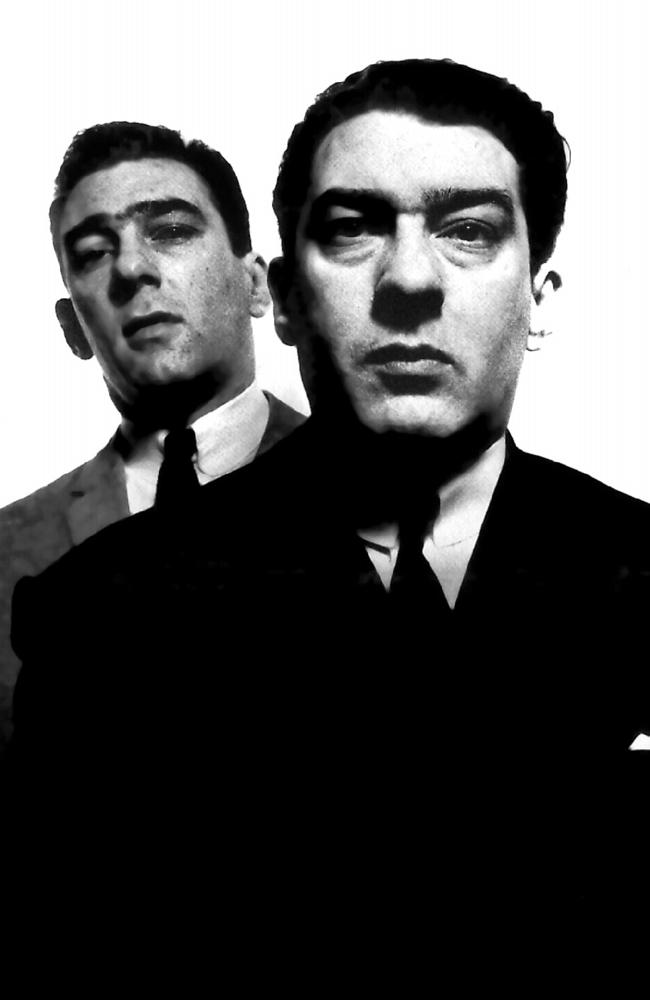
“Everyone seemed frightened of us — people were actually ringing in begging to pay protection money! Reg and I were the bosses of London.’’
Their tough tactics were honed in the boxing rings and hard streets of London’s bleak Bethnal Green, and with stories of bare-knuckle boxing told by their fighting grandfather Jimmy “Cannonball” Lee.
As a young man, Reggie won the Hackney Schoolboy Boxing Championship, then the London schoolboy contest. He never lost a professional bout.
Brother Ronnie won schoolboy and junior titles and had a 4-2 win-loss record.
Here’s how brother Charlie described his brothers in the ring.
“As boxers, the Twins were quite different from each other. Reggie was the cool, cautious one, with all the skills of a potential champion and importantly, he always listened to advice.
“Ronnie was a good boxer too, and very brave. But he would never listen to advice. He was a very determined boy with a mind of his own. If he made up his mind to do something, he’d do it, no matter what, and unlike Reggie he would never hold back. He would go on and on until he dropped”.
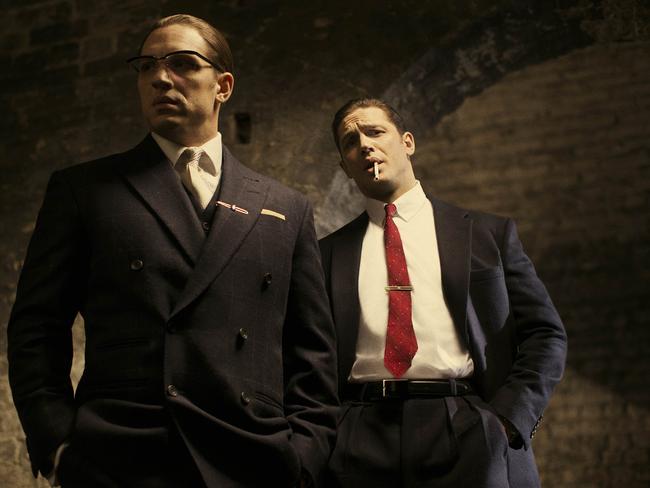
Those divergent personalities were reflected outside the ring, and the pair turned away from a boxing career after being called up for national service, deciding was a more lucrative living.
Quick to use their fists — or any other weapon at hand — they grew from small-time gangsters to holding an iron grip over the East End.
Their penchant for sharp dressing and tailor-made suits and connections with the rich and famous earned them further notoriety, including the attentions of glamour snapper David Bailey, and associations with Judy Garland, Diana Dors, Rocky Marciano and Joe Louis.
Eventually, their activities caught up with them and the twins were jailed for life in 1969 for the stabbing murder of Jack “The Hat” McVitie and shooting.
Their fighting instincts were what made them who they were, with Reggie’s own biography even dubbed “Born Fighter”.
Grappling with the underworld: Nik ‘The Russian’ Radev
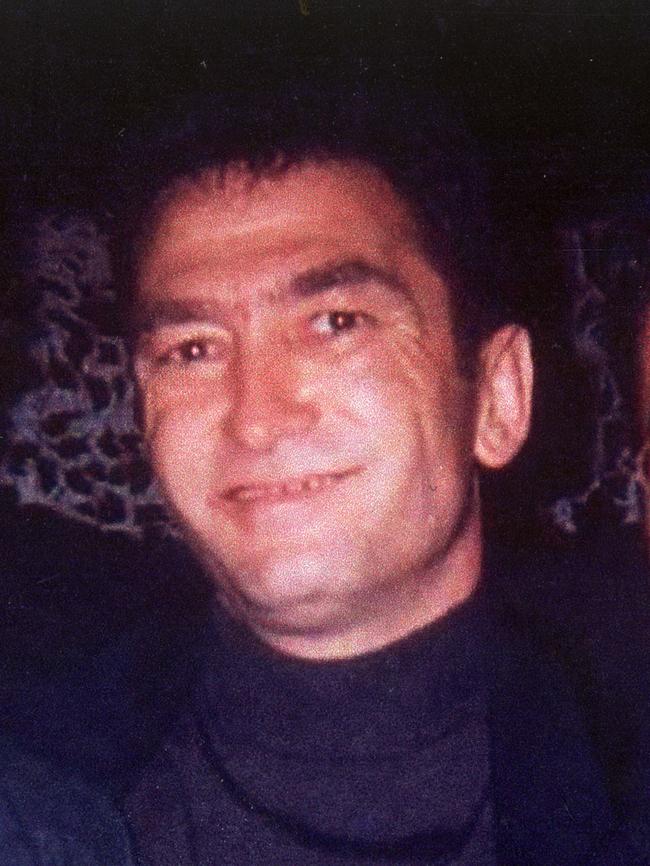
NIK “The Russian” wasn’t really Russian at all.
But the Bulgarian-born tough guy, drug dealer and standover merchant was a big hitter in Melbourne’s underworld, before he took a bullet in April 2003 at the hands of a hitman.
RADEV PROFILE: Career criminal lived and died by the gun
Before he hit Australia’s shores in 1980, he’d been a champion wrestler in his own country.
He told his girlfriend he’d had a tough life as a child, before winning refugee status here.
He repaid his hosts by associating with Russian organised crime figures operating in Melbourne, and according to his former wife “wanted to be like Al Pacino in Scarface”.
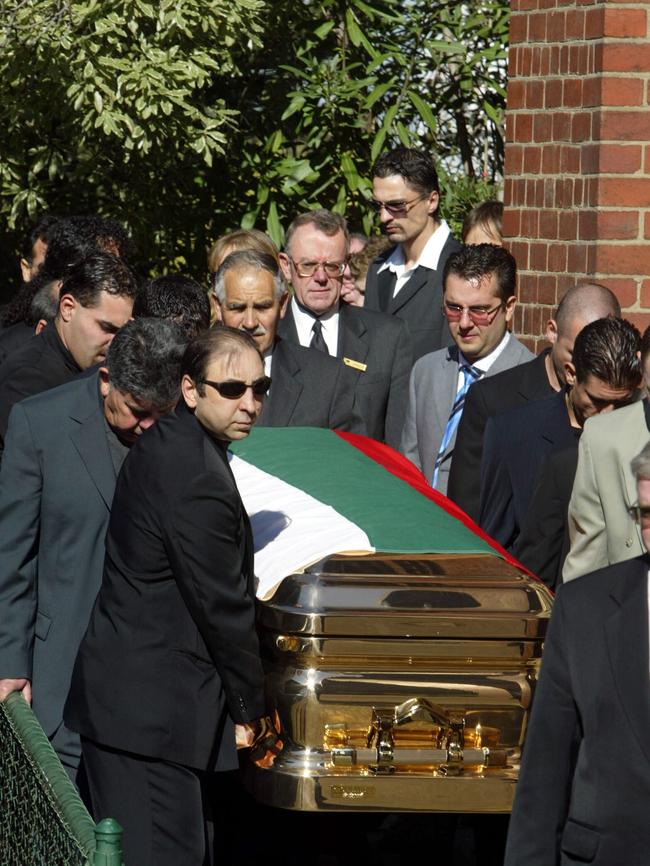
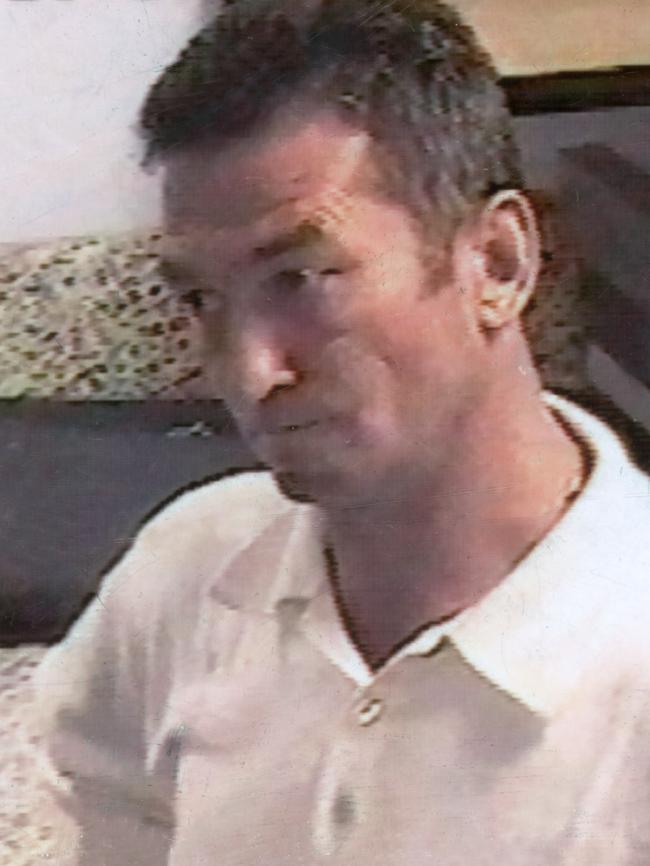
By the late ‘90s Radev had convictions for assault, blackmail, threats to kill, extortion, firearms offences, armed robbery and drug charges.
He was wearing a $20,000 watch and Versace clothes when he was shot after being lured to Coburg from his home in Brighton to discuss a drug deal.
Kickboxer’s death and the brutal payback: Willie Thompson
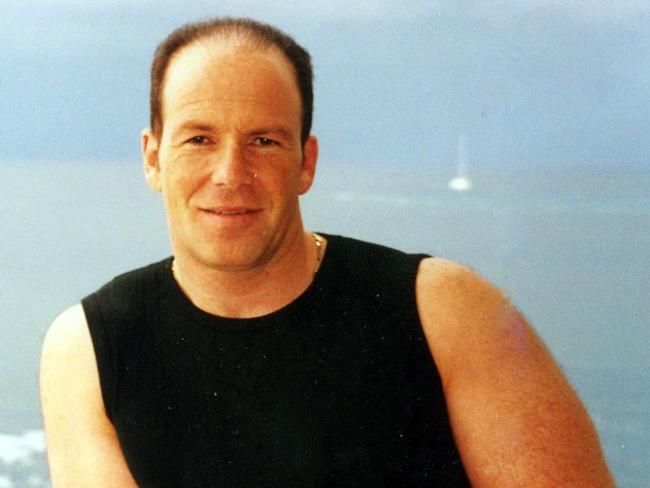
MARTIAL arts exponent Willie Thompson knew how to handle himself, and had even spent a decent session sparring with fellow fighters before he was shot dead in Melbourne’s underworld war in July 2003.
Of course as well as being a budding actor, he was a drug dealer too, with links to the Morans and was believed to be on Tony Mokbel’s payroll when drug lord Carl Williams is understood to have ordered his execution.
On the night of July 21, 2003, Thompson had just left a Chadstone gym and was in his car on Waverley Rd when a Ford Falcon and a van boxed him in.
A gunman leapt from the Falcon and shot Thompson dead as he sat trapped in his $80,000 Honda convertible.
PROFILE: Brazen hit sparked more death
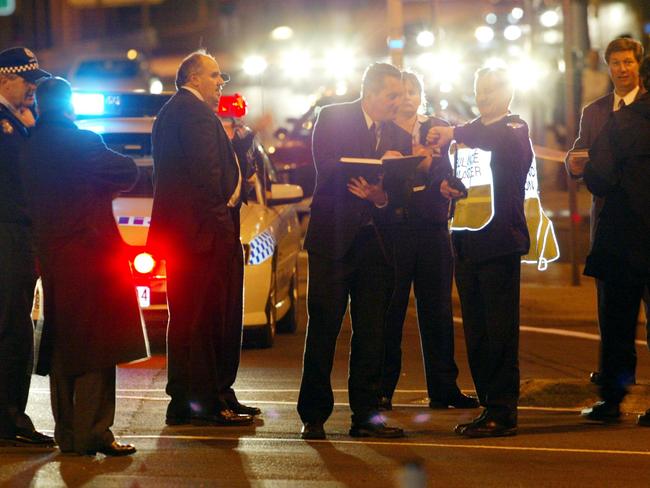

Thompson was known as a fitness fanatic at the Chadstone Extreme Jiu Jitsu and Grappling School.
Despite his connections, he had a good reputation among his peers, including some of the toughest in Melbourne’s kick-boxing scene.
“Obviously you don’t get shot like that for being a boy scout ... but he was a true gentleman,’’ a good mate said.
Another training partner, described Thompson as “strong as an ox, but a true humble martial artist on the mat’’.
A death notice in the Herald Sun attributed to “Machinegun Charlie” sings the praises of Thompson.
“We had many great times in our early days. I will never forget the hard spars. Even though we drifted apart ... those memories will stay with me forever,’’ it said.
Machinegun Charlie is the nickname Dragan Arnautovic’s nickname — a former Australian kickboxing champion jailed in 1999 for trafficking heroin worth $1 million.
Thompson’s murder sparked more public executions of that period and, ultimately, the downfall of Carl Williams and two of his murderous henchmen.
Cage fighter’s $100m cash snatch: ‘Lightning’ Lee Murray
THE mastermind behind Britain’s biggest every cash heist, worth £53 million ($A103 million) fought as hard to stay out of jail as he did in the ring.
The hard man standing 1.9m, grew up in the tough streets of south London, boasting of an estimated 300 street fights as a kid before turning pro.
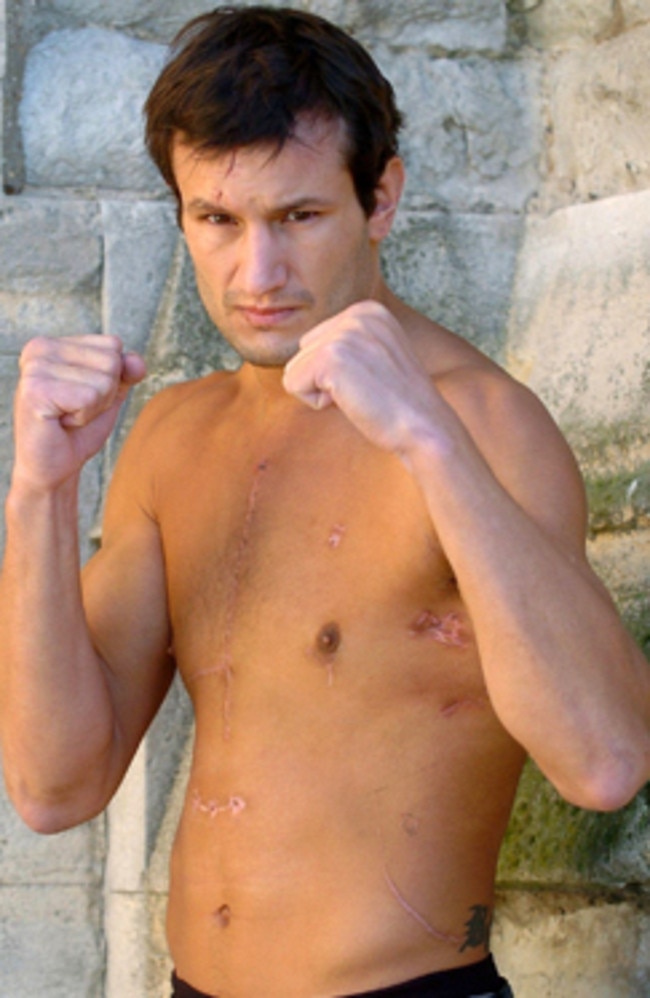
Aged 20, he discovered Thai boxing before turning his attentions to cage fighting.
After several scraps with the law, he found his way into the ring.
In his first pro fight in 1999, he knocked his opponent out so fast they dubbed him “Lightning” Lee.
Over the next five years, he worked over or bounced back from tougher opponents, being offered an Ultimate Fighting Championship berth in 2004.
Defeating top-ranked Jorge Rivera was his one and only battle on the big stage, and it was a victory he savoured even after his world imploded.
He even painted a mural of his win in pride of place in his house.
Despite making his name as a cage-fighting champion, Lee Murray wasn’t satisfied with the rewards of the increasingly lucrative mixed-martial arts game.
Instead, in 2006, he allegedly directed a heist on the Securitas vaults in Kent worthy of any Hollywood blockbuster.
The depot manager Colin Dixon and his family were held hostage and another 14 staff were held at gunpoint in the terrifying heist.
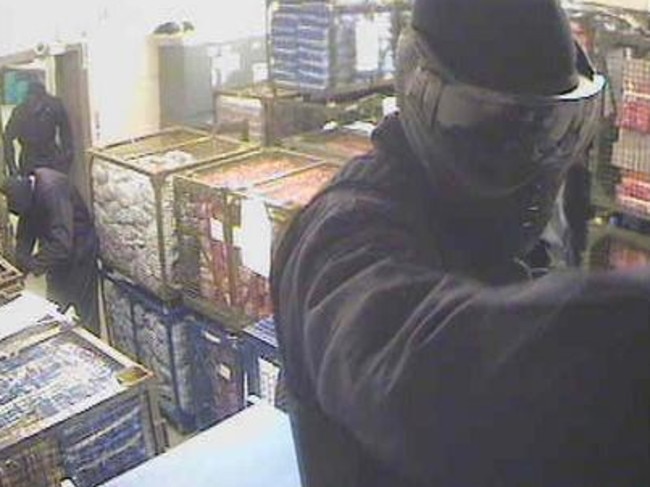

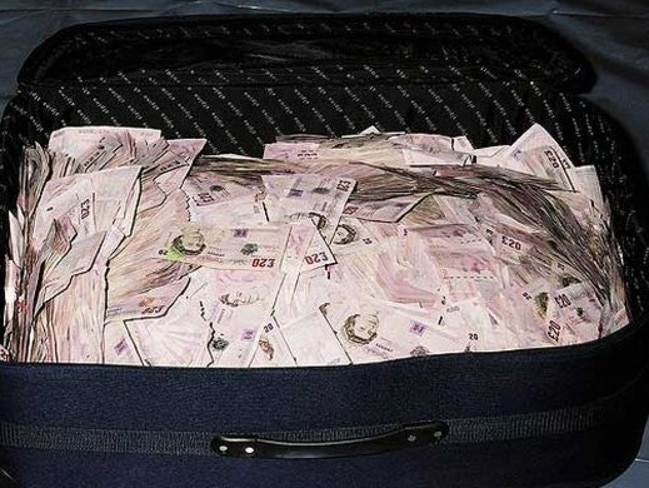
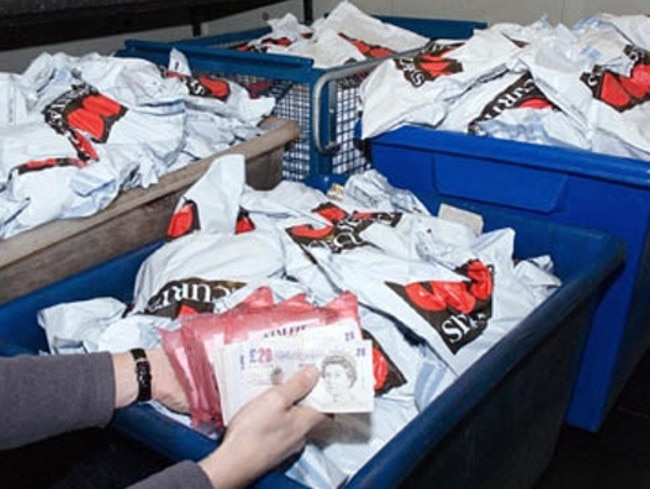
Days later, Murray and henchman Paul Allen fled to Morocco where they lived in luxury in newly-purchased villas.
Despite the daring nature of the heist, the crew also left a trail of evidence, and it wasn’t long before the authorities caught up with him.
But he refused to go easily, helped by the Moroccan authorities who refused to hand over Murray to the British authorities because his dad was also Moroccan.
That didn’t stop them throwing him in jail though.
Five others were also jailed, but tens of millions of dollars in cash was never recovered.
Bikie big gun: Amad ‘Jay’ Malkoun
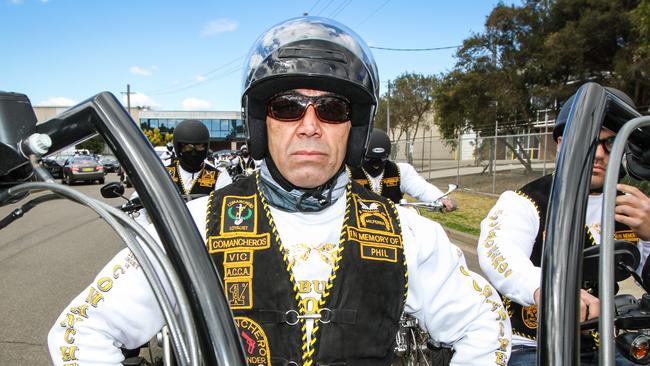
BEFORE he became president of Australia’s feared Comanchero bikie gang, Amad ‘Jay’ Malkoun was a feared kickboxer, based in Perth.
Along with his brother Elie, the enthusiastic bodybuilder came to Melbourne from Perth, and here gained strong connections to nightclub and drug scene, where kickboxing skills and bouncers were in demand.
By 1988, the hardened fighter and his brother was busted with a huge haul of heroin worth $5.5 million after raids in Melbourne and Perth.
DIRTY DEEDS: Our bikie underworld, special report
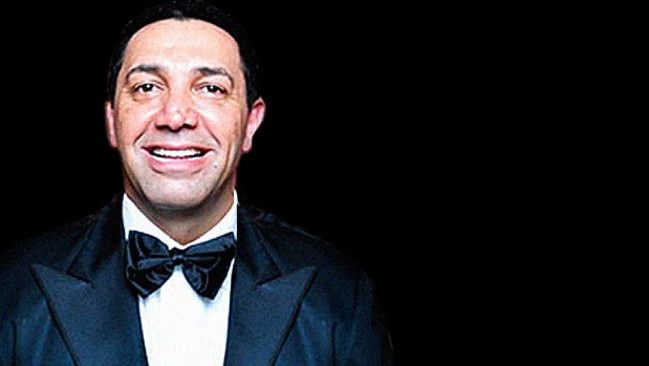
He was hit with an 18-year jail term for what then was regarded as Victoria’s biggest drug smuggling syndicate at the time.
The court said they’d been at the “top tier of drug dealers”, running a heroin business for more than 10 months.
After doing his stint inside he came out to manage strip clubs and rose to become the Victorian president of outlaw bikies, The Comancheros.
In July 2013, the Herald Sun connected him to a group of suspected firearms traffickers.
He left Melbourne for Dubai in 2013, and has been linked to the infiltration of Comanchero bikies into Russia and the creation of a crime network there.
From the mean streets to the mafia’s champ: Sonny Liston
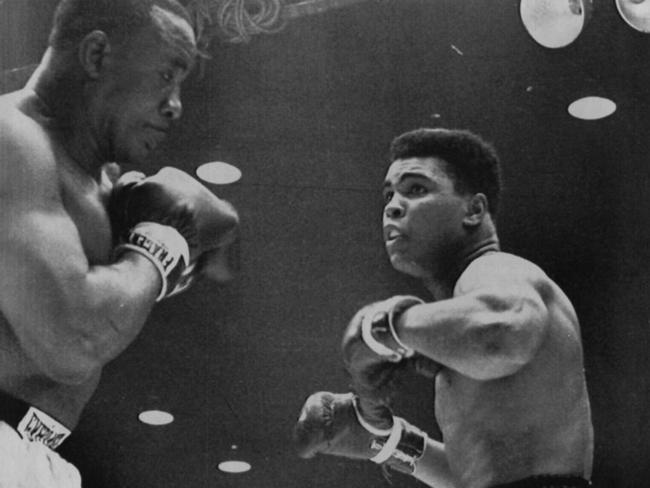
CHARLES “Sonny” Liston is among the many fighters who took the fighting route out of trouble — and then back into it.
One of 25 children to poor Arkansas farmers, he became the heavyweight champion of the world, before losing the title in 1964 to Cassius Clay aka Muhammad Ali.
He was a brutal fighter, who learnt to box in jail after being sentenced to armed robbery.
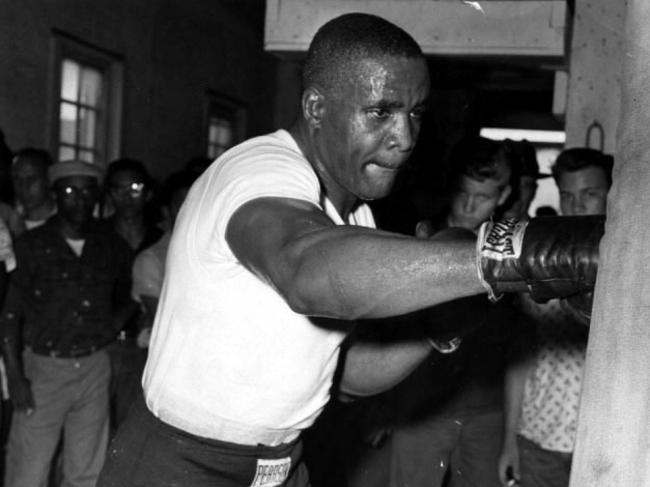
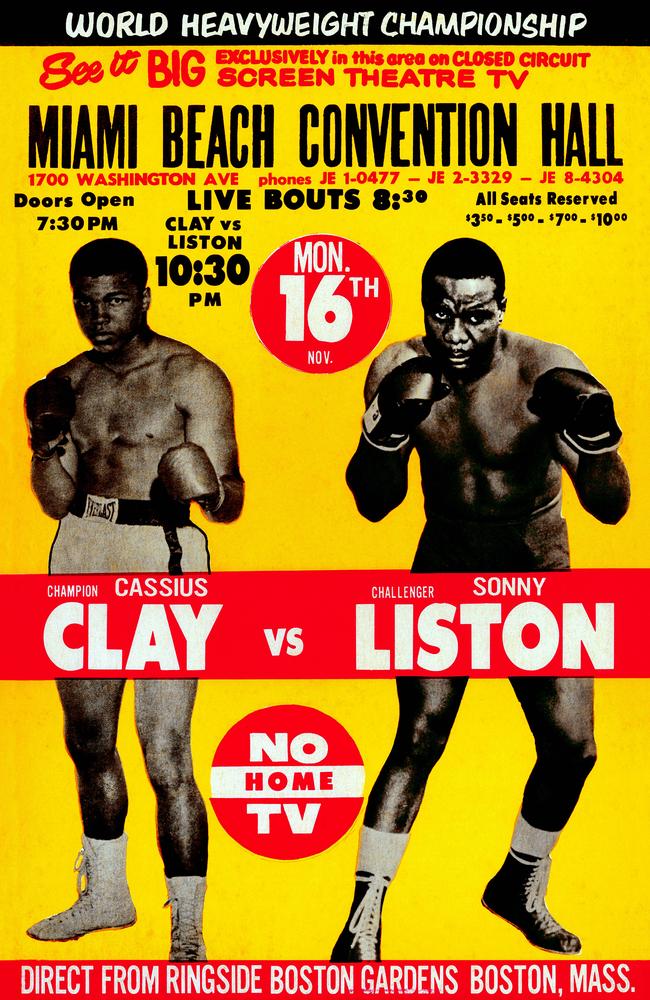
It’s easy to see how he took that route, judging from this memory.
“When I was a kid, I didn’t have nothing going for me but my fists and my strength. I didn’t have nothing to eat. I’d been eating a day here and a day there, but eating’s a hard habit to get out of. Anyway, these kids come along and they had a bright idea of knocking over this store. All I could see at the end of it was a great plate of food, and if we had to take a gun along to get it that was okay, too.”
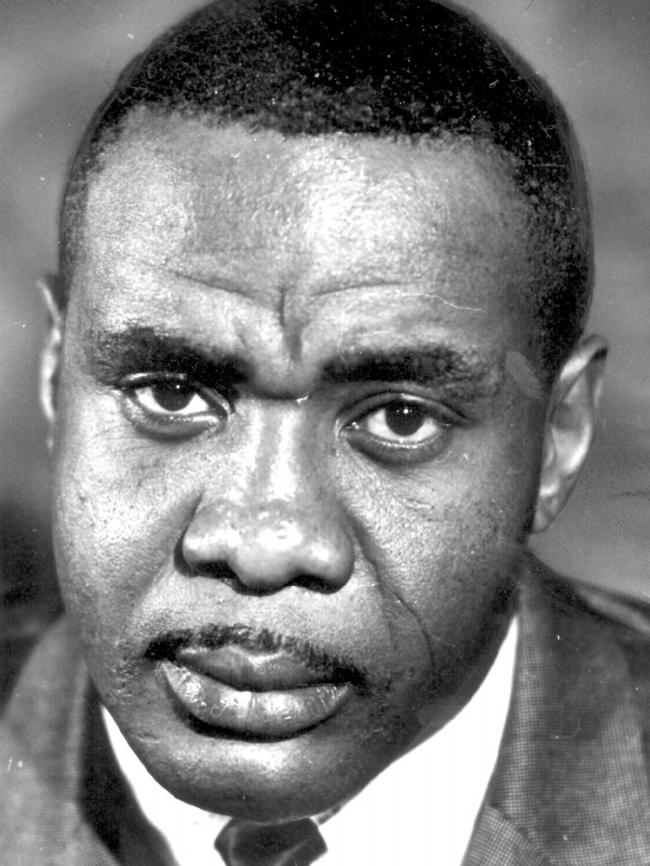
It wasn’t that long before he ended inside, jailed for five years in the Missouri State Penitentiary for robbery and theft.
But it was there he took up boxing and became the jail’s heavyweight champion.
Outside he won a string of amateur championships, before turning professional just a few years later, battering his way to the top.
But the public never took a shine to an ex-convict with connections to the mob, in fact they hated him.
Organised crime figures ensured when his fists weren’t employed in the ring, they had him using them for them outside it.
By the time he claimed the heavyweight crown by defeating the popular Floyd Patterson, fans hated him even more.
His 1964 defeat to the charismatic Cassius Clay has gone down in sporting history, partly because the fans saw it as some type of justice and partly because some think his decision to pull out in the sixth round was because mobsters had bet against their own man.
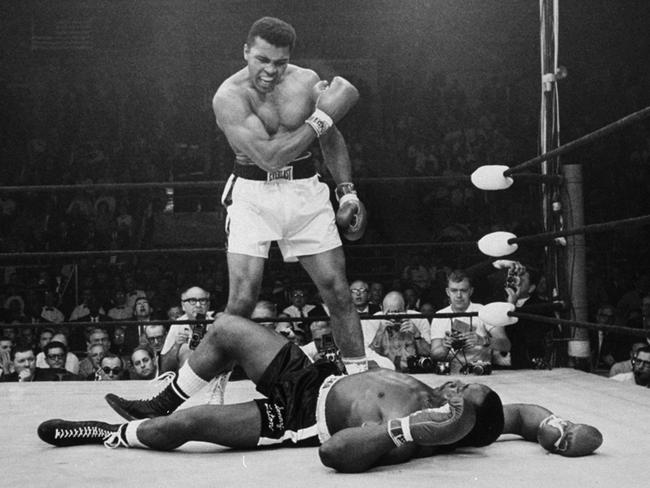
In fact, more than 50 years later, FBI documents confirm a Las Vegas figure tied to organised crime might have fixed the fight.
A FBI document suggested Vegas gambler Resnick and Liston each made $US1 million betting on Clay to win.
To this day, it’s unclear still whether Liston died of a heroin overdose or whether he was murdered at his Las Vegas house.
His decomposing body was found by his wife on her return from a holiday in 1971, but theories persist, suggesting a hitman helped to finish him off.
— with Elissa Hunt and Paul Anderson

